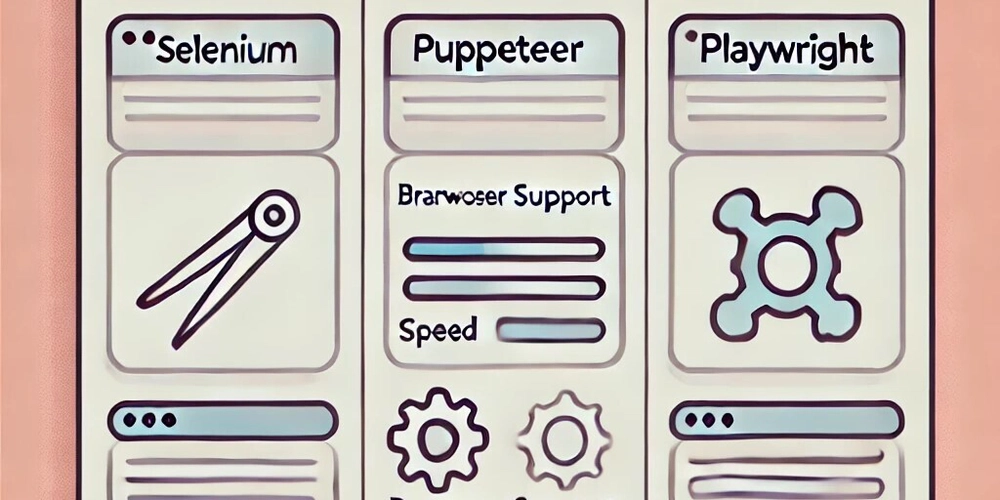Dev
2w
206

Image Credit: Dev
Selenium vs Puppeteer vs Playwright: Choosing the Right Tool for Web Automation
- This article compares three popular web automation frameworks: Selenium, Puppeteer, and Playwright, to help users make informed decisions.
- Selenium is a veteran in the field, offering cross-browser compatibility, multi-language support, and features like WebDriver and Grid.
- Puppeteer, developed by the Chrome team, focuses on Chrome automation but also supports Firefox, excelling in headless browsing and DevTools integration.
- Playwright, from Microsoft, combines strengths of Puppeteer with broader browser support, automatic waiting, and powerful tooling like Codegen and Inspector.
- Key features of Selenium include cross-browser compatibility, multi-language support, WebDriver, Grid, and being open-source.
- Puppeteer's features include headless browsing, DevTools integration, easy setup, speed, screenshot generation, and timeline capture.
- Playwright stands out with auto-wait, browser contexts, tooling, one-time login, iframe and shadow DOM handling, and broader browser support.
- Each framework has unique use cases like automated testing for Selenium, web scraping for Puppeteer, and end-to-end testing for Playwright.
- Considering aspects like language support, performance, setup, debugging, community, and ease of use can help in choosing the right tool for specific requirements.
- In a head-to-head comparison, factors like browser support, language support, performance, setup, debugging, community, and ease of use differentiate Selenium, Puppeteer, and Playwright.
- Choosing the right tool depends on criteria such as cross-browser compatibility, language support, performance, ease of use, and project requirements.
Read Full Article
12 Likes
For uninterrupted reading, download the app